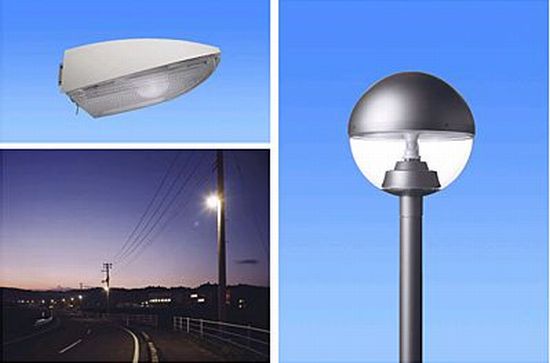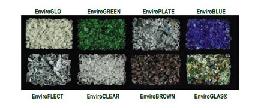
I did not know this till today, but apparently even using those big, bright Mercury lamps in the malls actually causes an increase in CO2 levels in the atmosphere. Apparently, these lights also produce Carbon Dioxide while they glow. Now Matsushita has got the solution for even that. They have designed new lamps that not only reduce on the Carbon Emissions of the normal mall lights, but also conserve the energy in a huge fashion. The advantages that come with these brilliant ‘Electrode-less’ lamps do not just end there.
“Everlight Bohantoh (security light)” and “Everlight Mall Light”, are the two electrode-less lamps that the company is featuring and they have a long life of 60,000 hours, a higher efficiency and lower power consumption. The two products both come in eight models that can reduce running costs and CO2 emissions. The security and mall lights will be released on March 17 and April 1, 2008, respectively. The security lights are priced at US$498-645, while the mall lights are priced at ¥150,150-172,200. (Do the conversion yourself please).
Both the products offered by the company use an electrode-less lamp that contains mercury vapor in a glass bulb whose surface is applied with a phosphor. The lamp discharges and emits light by means of high-frequency magnetic fields generated from inside the lamp envelope. Compared with mercury lamps, the new products can reduce the CO2 emission by 30-50%, while maintaining the same level of luminance. The products also reduce the lamp waste to 1/5.
The new lights have a longer life and consume less power because the electrode-less lamp eliminates the filament and the electrodes, which are the leading causes of product failure. The lamp does not have to be replaced for about 15 years even if the light is lit for 4,000 hours per year. Now talk about one heck of durability. I wish these people started producing home lights that last that long and are that good. Okay, so we already have plenty of such filament-less models, but they just do not last that long.




